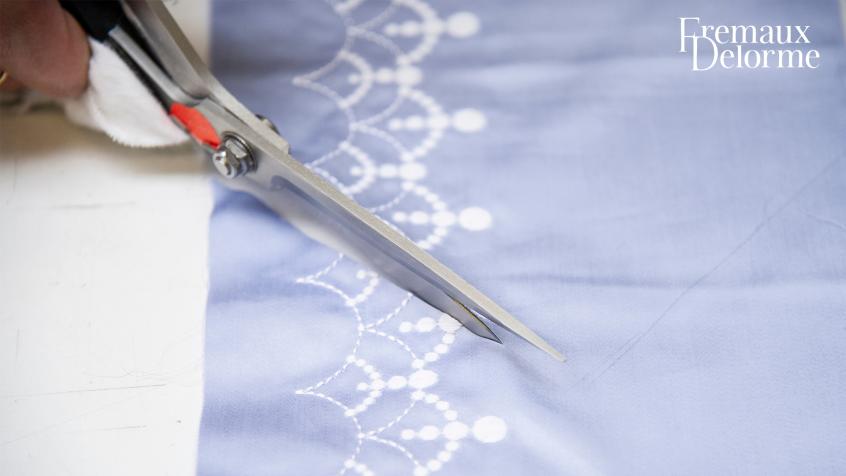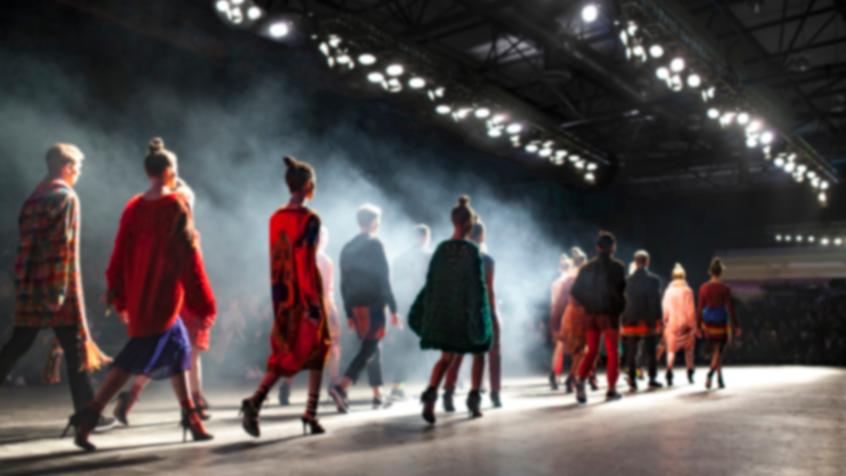Fashion: Who are the big winners of the pandemic?
After slowing down in 2020 when the global pandemic began, the world has gone through rebirth and rebuilding phases. Which major fashion players stand out as the winners or losers and what lessons can we learn? Katia Cahen, Lectra's Marketing Intelligence Director, provides some answers.

Luxury and sportswear: two sectors that emerge as the big winners of the pandemic
Without a doubt, luxury stands out as the big winner from Covid-19. Why? First of all, because the players in this sector knew how to reinvent themselves while maintaining their fundamentals. They knew how to move beyond their image, enriching their customers' experience in both the virtual and the real world.
This ability to adapt quickly allowed them to compensate for losses related to the halt in tourism and purchases by travelers, major consumers of luxury products. It also gave them access to a younger and more digital-oriented clientele.
Assessment: Online luxury doubled its share of the market in 2020, with performance worth 5 years of growth, according to Bain & Company. Worldwide, we saw growth of over 15% between 2019 and 2021, and estimates for 2022 vary from 15 to 25% [compared to 2019] according to The State of Fashion 2022 Report by McKinsey.
What about sportswear?
Sportswear, associated with the comfortwear sector, is the other big winner of the pandemic. Covid-19 amplified the sector's already strong growth from before 2020. Due to lockdowns and other restrictions on movement, consumers overwhelmingly purchased sweatpants and other sportswear for staying at home in comfortable clothing. During the same time, they also invested in other accessories, such as sneakers and yoga mats, to continue looking after themselves. A way to reassure themselves and feel safe.
Some sectors, however, have emerged weaker from the pandemic. Which sectors are they and why?
The pandemic highlighted clear trends for the winners but also for the losers. The ready-to-wear and the suit and tie sector saw their positions worsen during the pandemic.
Ready-to-wear posted a loss in growth of 34% in 2021, benefiting the accessory and jewelry segments, which saw an increase in impulse purchases for both comfort and pleasure. The same goes for formal wear, whose business model was already in trouble before the pandemic, with the growing trend of Friday wear. Its demise was precipitated by the lockdowns and the work-from-home boom, which put the suit and tie sector back in the closet, so to speak.
Who are the big business model winners?
There are three business model winners: real-time fashion, socially responsible brands, and smart fashion.
- Real-time fashion for three main reasons: affordable prices, an incomparable selection and a form of addiction by Gen Z’ers hooked on social media. It's a mix of Apple and Amazon: Apple with its image control and value chain, and Amazon with its aggressive pricing policy and logistics expertise.
- Socially responsible brands, contrary to real-time fashion brands, advocate sustainability, produce on-demand in small series, prioritize near-sourcing and place sustainable development at the heart of their business model.
- Smart fashion: a business model for a brand where economic and eco-friendly principles achieve a socially and ecologically responsible strategy, while still being profitable! The smart part: a winning mix of a very strong (brand) image, combined with ambitious goals in terms of turnover and volume that are just as important. To this end, these brands have put tech innovation and customer experience at the core of their strategy.
By geographic area, who are the big winners?
The United States and China stand out as the two drivers of world trade, boosted by their respective internal markets and their maturity in e-commerce. There are two main explanations for this: employment flexibility in the United States and, in China, the near impossibility of going outside the country, which has led customers to consume domestically.
And what about Europe?
For Europe, the situation is more nuanced. Its market is disparate in terms of technological and digital maturity, particularly regarding e-commerce, which is weaker than that of China or the United States.
But in 2021, Europe saw strong growth, driven in particular by strong savings, which provided support for the economy and very positive sales, especially in the fashion market.
For each range, we get the impression that the models are divided
We are witnessing a polarization of ideas, of needs, and of the fashion market, with a duality of opposing business models and messages:
- Slow vs. fast;
- Reasoned purchases vs. compulsive purchases;
- Seeking meaning vs. seeking pleasure;
- End of the world vs. end of the month;
- Real life vs. virtual.
There are so many examples of polarization that illustrate the difficulties and challenges the fashion sector faces today. Fashion is a melting pot of origins, people, and histories. The winners of tomorrow will be those who begin guiding their business from today with vision and agility, putting customer and digital knowledge at the heart of their growth, and establishing a brand image, all with transparency.
Kubix Link
Related content









